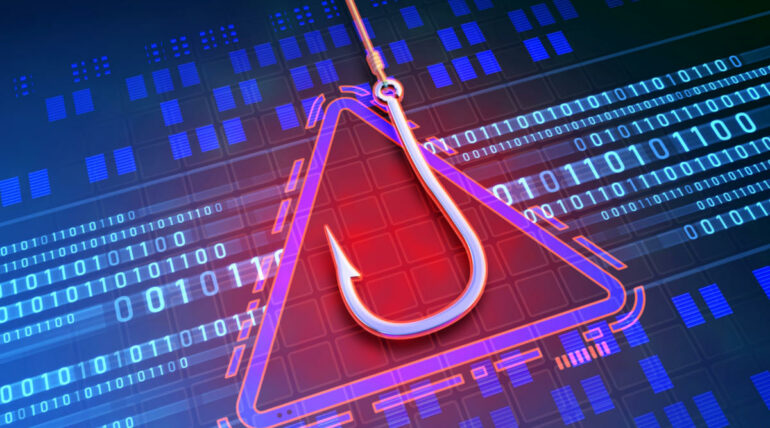
Although methods of protecting against technical vulnerabilities in the digital world have improved year by year, cybercriminals have not changed their goal - exploiting the human factor. Phishing attack is the result of this very approach.
Simply put, a phishing attack is a type of cyberattack that tricks you into voluntarily providing your password, banking information, and other confidential information. These attacks can put even the most technologically advanced companies in a difficult position because the target is not a technical flaw in the system, but human carelessness.
How do phishing attacks work?
The most common form of phishing is via email. Attackers send fake emails that look like real organizations (e.g. banks, government agencies, well-known brands). The content of the email usually demands an immediate response:
- "Refresh your password"
- “Your account has been blocked”
- "Urgent payment confirmation required"
The links in these emails redirect you to a fake website. When you enter your password or other information on this site, that information is immediately captured by the attackers.
In some cases phishing Attacks are carried out via SMS, social media messages or even phone calls.
The impact of phishing attacks on business
Phishing attacks are a major risk not just for individual users, but for businesses of all sizes. Imagine an employee clicking on a fake link, entering their password, and ultimately gaining unauthorized access to the entire company network.
The consequences can be very serious:
- Financial loss. Withdrawal of funds from accounts, suspension of transactions
- Data loss. Customer information, contracts, internal documents
- Loss of reputation. Loss of trust from customers and partners
- Legal consequences. Violation of data protection regulations
Sometimes a single click can cause thousands of manats in damage.
How can employees protect themselves from phishing attacks?
In addition to technological protection measures, employee education is essential to reduce the risk of phishing. The most effective steps are:
- Don't click on links in unknown emails.
If you don't know the sender, be careful with links and attachments. - Check the URL address.
No matter how real the letter looks, check the domain name carefully. For example, instead of “bank.az”, it could be “banк.az”. Here, the letter “k” in the second word is in the Cyrillic alphabet. - Do not share your confidential information via email.
No official institution will ask you for your password or card information via email. - Implement two-factor authentication (2FA)
Even if your password is stolen, you will not be able to access the system without a second verification step. - Conduct regular cybersecurity training
An educated workforce is the strongest defense against phishing risk. Simulation training teaches employees how to react in real-world situations.
Company strategy against phishing attacks
Companies should not rely solely on technical defenses. While technologies such as email filtering systems, firewalls, and antivirus programs are important, the human factor is always at the forefront. Therefore, an anti-phishing strategy should include both technical and educational measures.
A phishing attack is a type of cyberattack that takes advantage of your carelessness, no matter how powerful your technology. Its main target is not the weakness of your system, but your trust and attention.
"Doubt – check – confirm"It is possible to protect yourself from these attacks if you act on the principle of ". Remember that security is not only technology, but also culture.
To make your business stronger against phishing attacks and increase data security, now contact us Our experts will analyze your systems, identify weak points, and provide you with appropriate protection solutions.
SEE MORE: What is a firewall and why is it vital to your business?

One thought on “Fişinq hücumu nədir və işçilər bu təhlükədən necə qoruna bilər?”
Comments are closed.